Ubud, Bali, Indonesia
Most visitors to Bali are struck immediately by the abundance of displays of Balinese Hinduism: the statues to Hindu deities and the many offerings or banten placed on the ground in driveways and sidewalks and upon altars outside homes and temples and stores. The trays, constructed of coconut and banana leaves, are filled with flowers, incense, rice, and other sweets.
One of the first times we encountered these banten was on the sidewalk outside a restaurant entrance. To show our respect for the Balinese, we were careful to not step on the colorful trays.
Though this mass of leaves and flowers looks like it may be ready for garbage pick-up, in fact its been put there as an offering to the kalas outside of a temple.
Offerings to the Gods are everywhere in Bali and one of the visible signs or sekala of Balinese Hindu daily religious practice.
Sometimes I wondered, too, if the offerings were a way of feeding hungry birds. (Surely this is considered auspicious.)
Balinese Hinduism, which differs significantly from Hinduism in India and Nepal, has roots and even religious practices from the animist beliefs of indigenous ancestors of Java and Bali, and in Buddhism, which spread through much of Southeast Asia in the 8th century.
When the independent Indonesian state was established in the last half of the 20th century, laws protected the freedom of religious practices, but the state only acknowledged monotheistic religions. In the 1960s, the Bali Hindu Council got around this monotheistic requirement by emphasizing the supreme diety, Sanghyang Widi Wasa who manifests himself as the Hindu holy trinity or trimurthi: Brahma (the creator), Wisnu (the preserver, the God who Indian Hindus call Vishnu), and Siwa (the dissolver of life, the God who Indian Hindus call Siva or Shiva).
There are, as is the nature of Hinduism, many other minor Gods and Goddesses in the Balinese pantheon. For example, Brahma’s consort is Saraswati, the Goddess of learning and she is often depicted in statues and paintings riding a goose.
Travelers can go to Ubud to admire the ingenuity of the irrigated rice terraces, trek to the natural splendor of the neighboring volcano, or search for one’s own personal spiritual balance.
Joseph and I discovered the beauty of Bali in its art: paintings from the past few hundred years range from intricate pictorial images of the Balinese Hindu calendar to the contemporary representations of modern Bali where locals are doing laundry in a river surrounded by bicycle-riding and picture-snapping tourists.
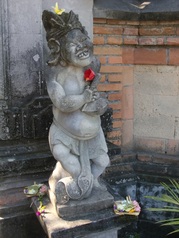
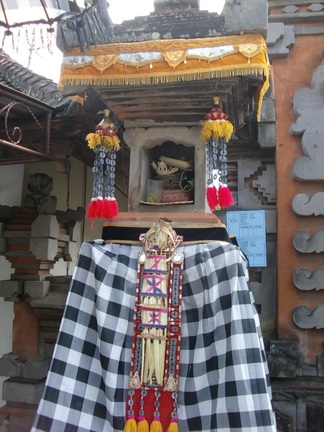
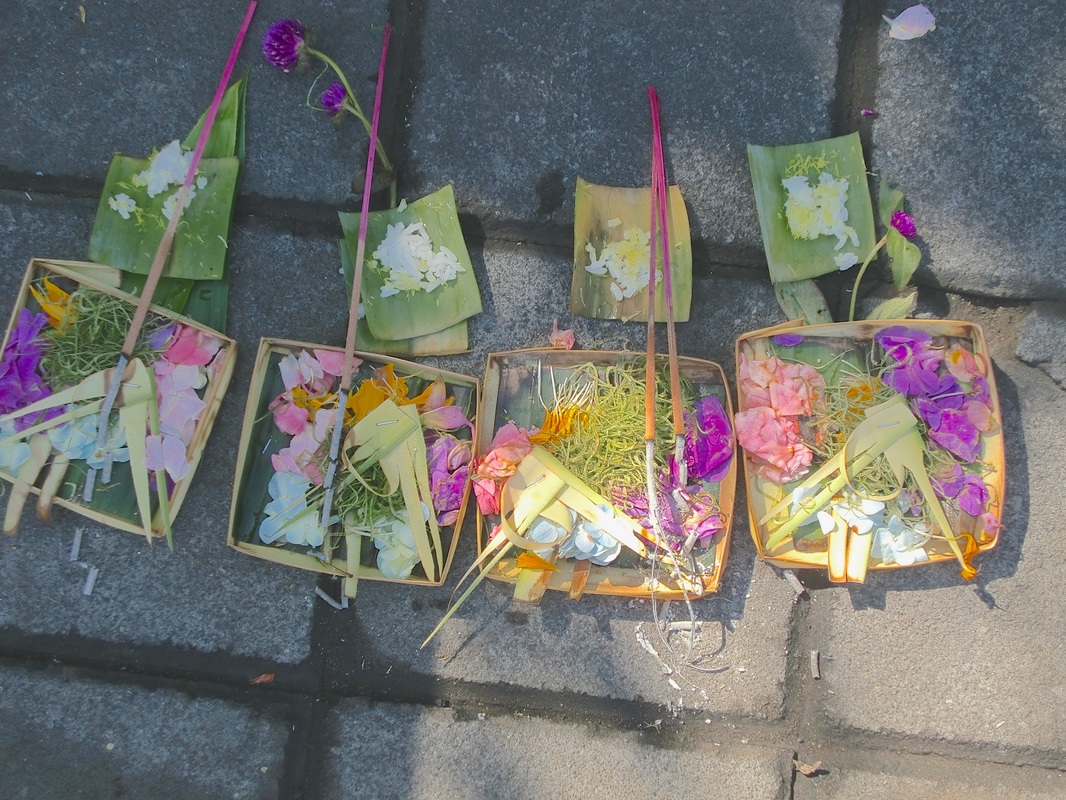
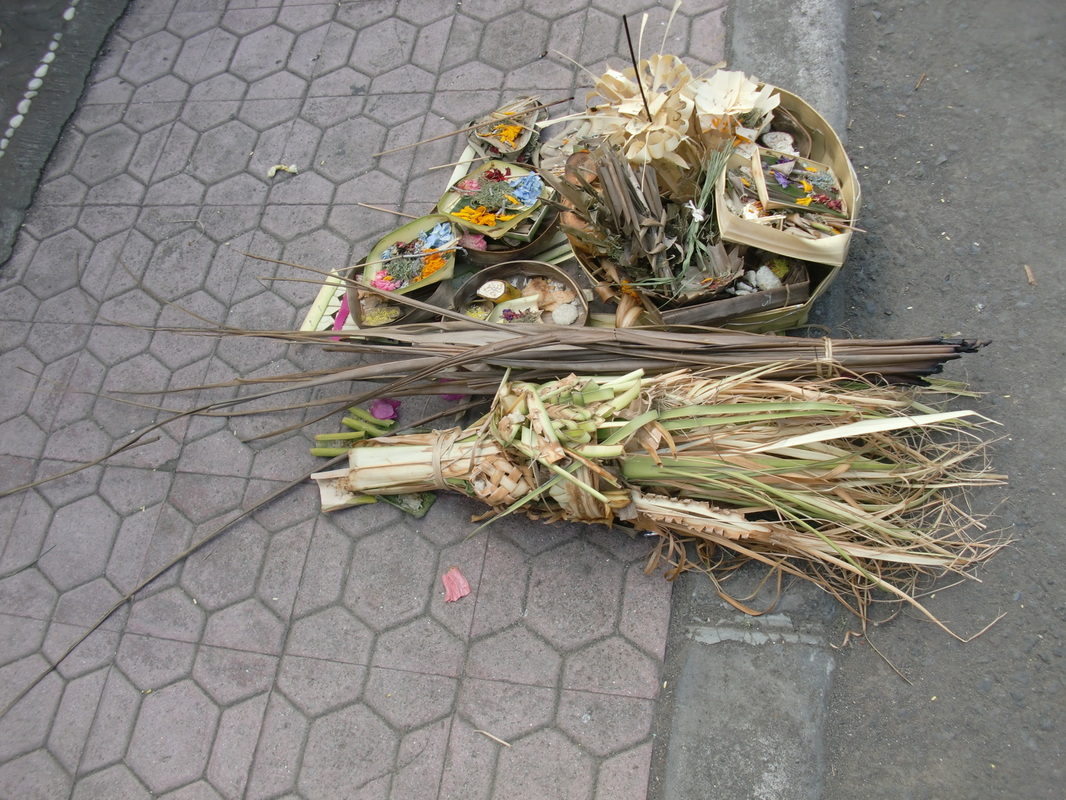
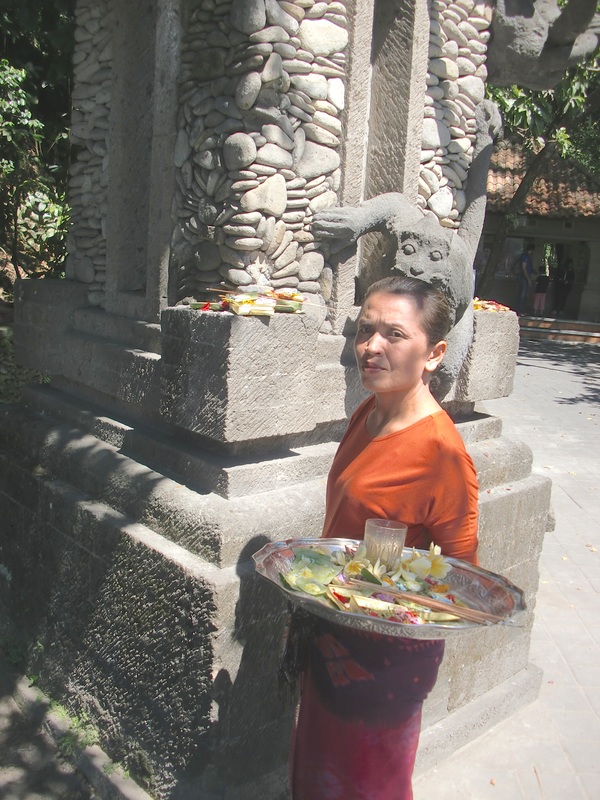
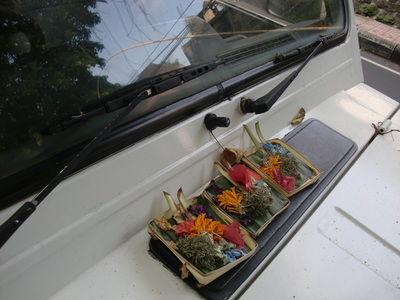
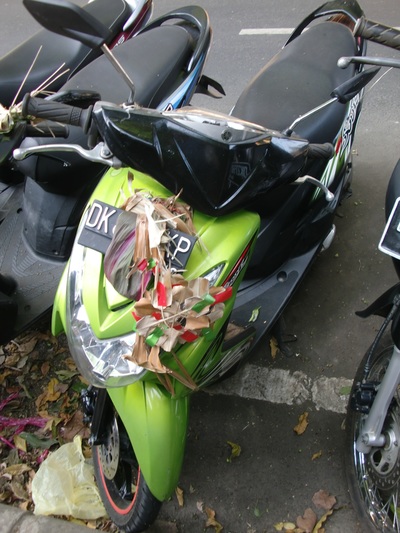
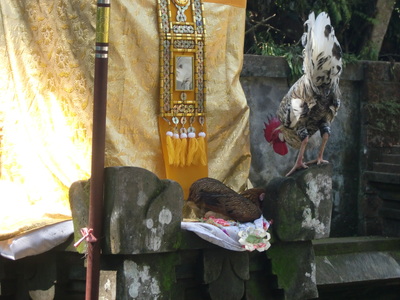
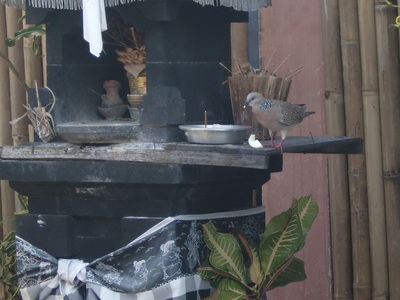
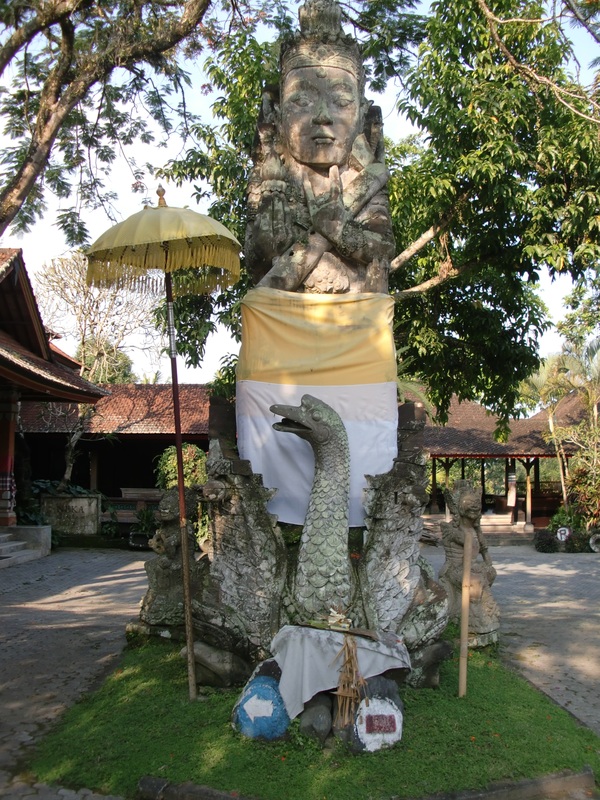
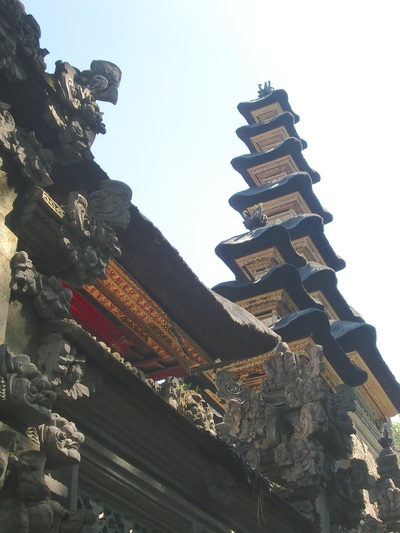
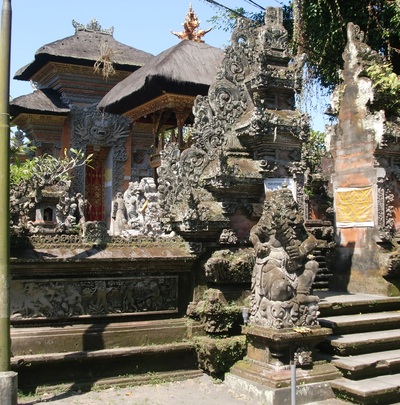
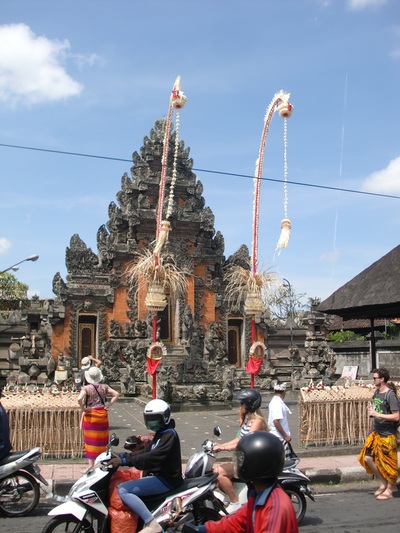
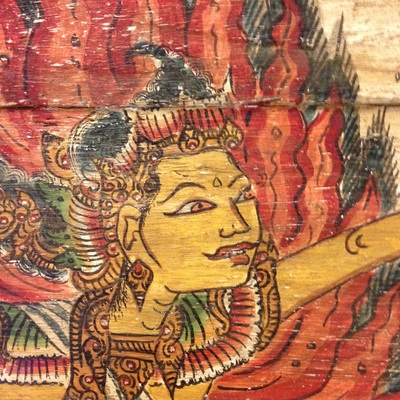
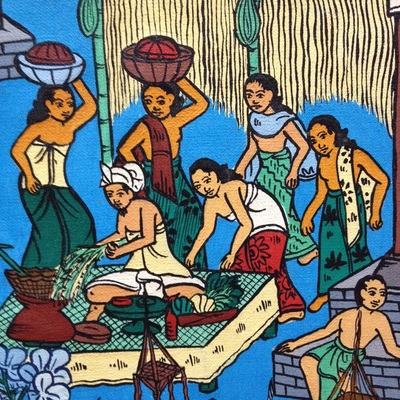
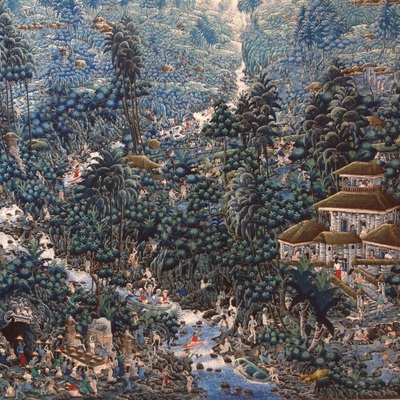
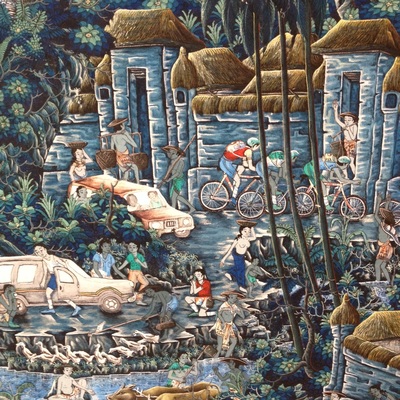
 RSS Feed
RSS Feed